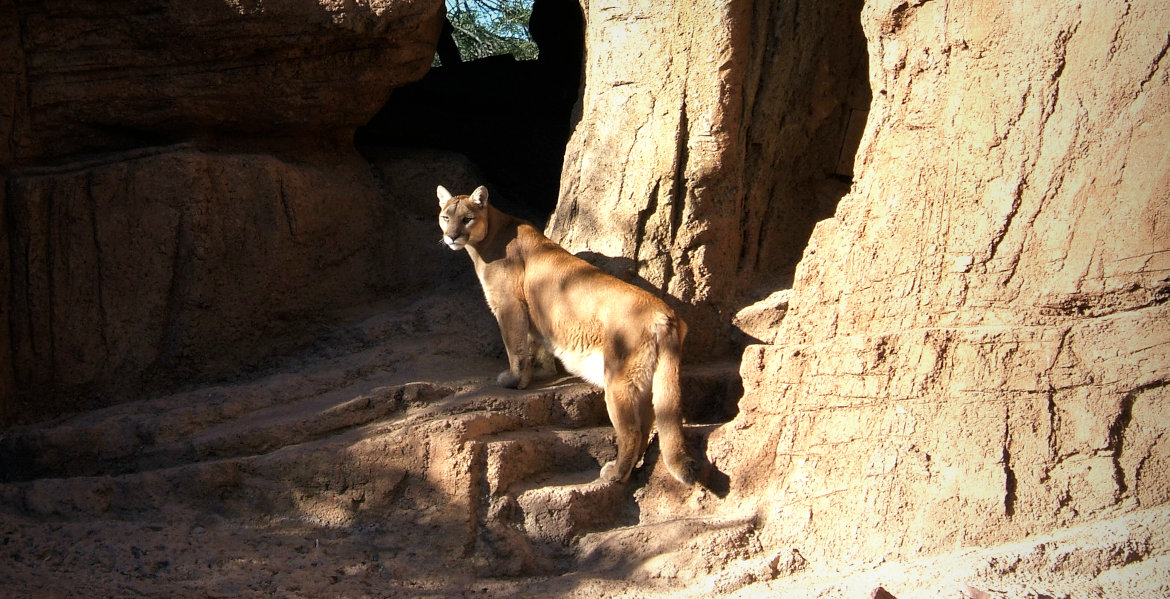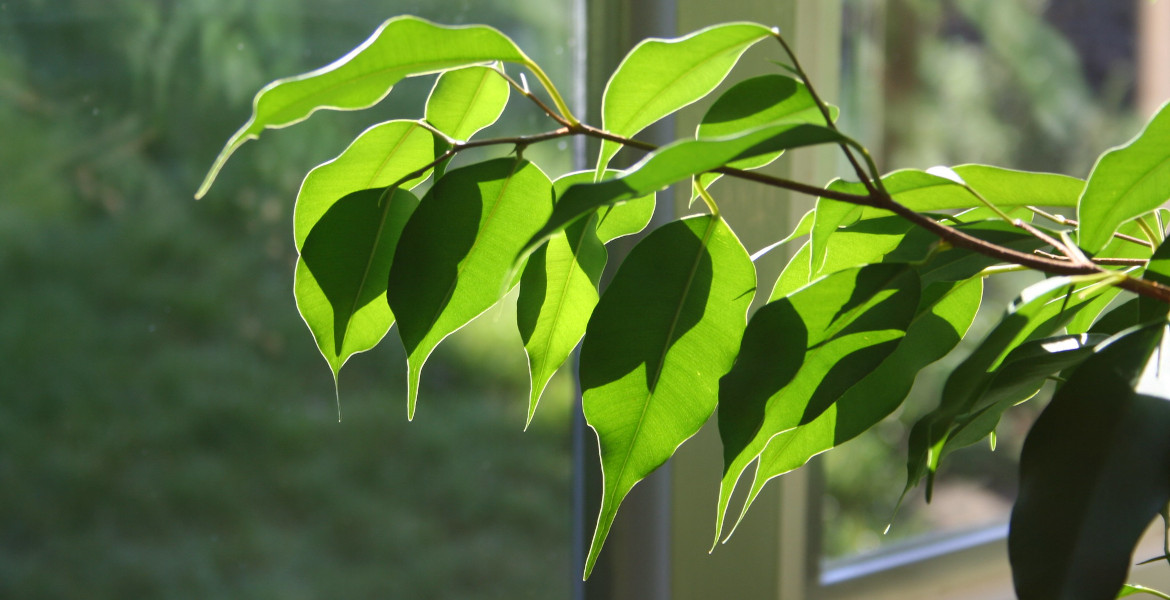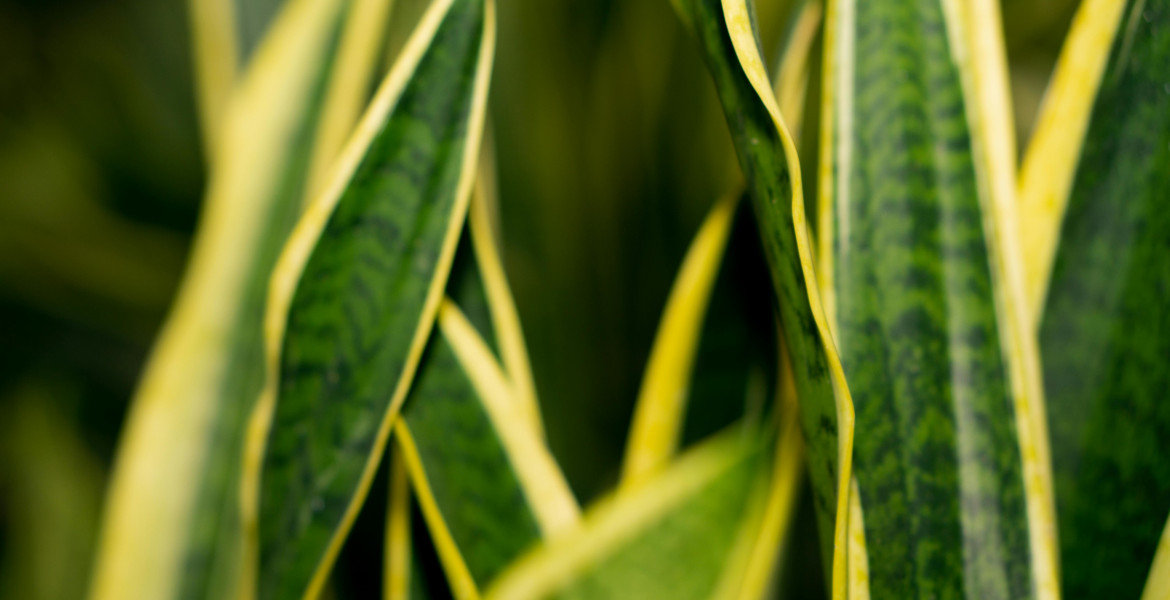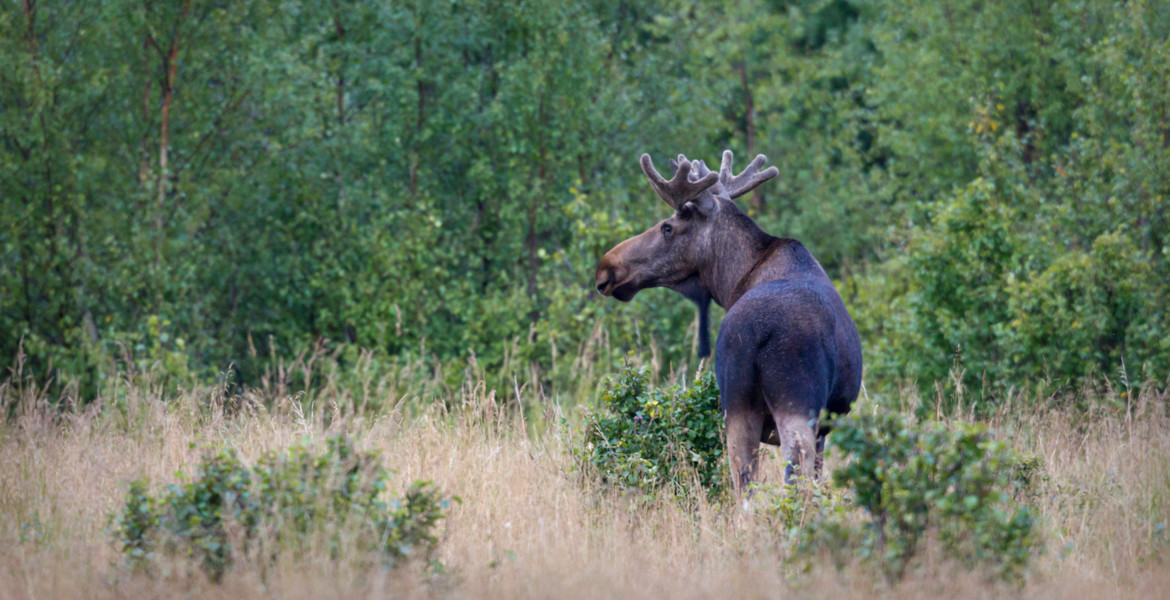Cougars actively avoid contact with humans, a US study shows. In areas of high human activity, cougars became more nocturnal, while in remote regions they were more often active during dawn and dusk.
In Los Angeles, mountain lions live in several natural areas that also attract many people to the outdoors. In a study published in the scientific journal Biological Conservation, researchers tracked 22 mountain lions in the Santa Monica Mountains with GPS between 2011 and 2018. The aim was to investigate how cougars' activity patterns adapt to increased human presence. The study was conducted by the University of California, Davis, Cal Poly Pomona and the National Park Service.
The movement patterns of the cougars were compared to a comprehensive database of human GPS-tracked activities in the area. The results showed that cougars in areas of high human activity adapted by becoming more nocturnal, instead of being active at dawn and dusk, which is their natural activity time.
– The study also continues to drive home the amazing fact that a population of a large felid predator persists in one of the largest urban areas in the world. That would not be possible if mountain lions weren’t able to adjust to human activity in ways like this, said Seth Riley, wildlife division chief at the National Park Service, in a press release.
"Coexistence is happening"
Cougars in areas with less human activity were more active at dawn and dusk, according to the study. In general, females showed greater activity closer to sunrise and during daylight hours compared to males.
– They are flexible in the timing of their activity. Coexistence is happening, and it’s in large part because of what mountain lions are doing, says lead author Ellie Bolas, a doctoral student in the UC Davis Department of Wildlife, Fish and Conservation Biology.
The researchers emphasize that humans must also contribute to coexistence, both to protect themselves and the cougars. Residents in areas with cougars are urged to exercise caution at night, especially when driving, and to be aware that cougars are often active at dawn and dusk.
Previous studies in Norway have also shown that wolves avoid humans as much as possible, according to a report by Norwegian state broadcaster NRK. In the study, conducted at the University of Innlandet, all wolves that participated fled when humans approached or stayed hidden.












